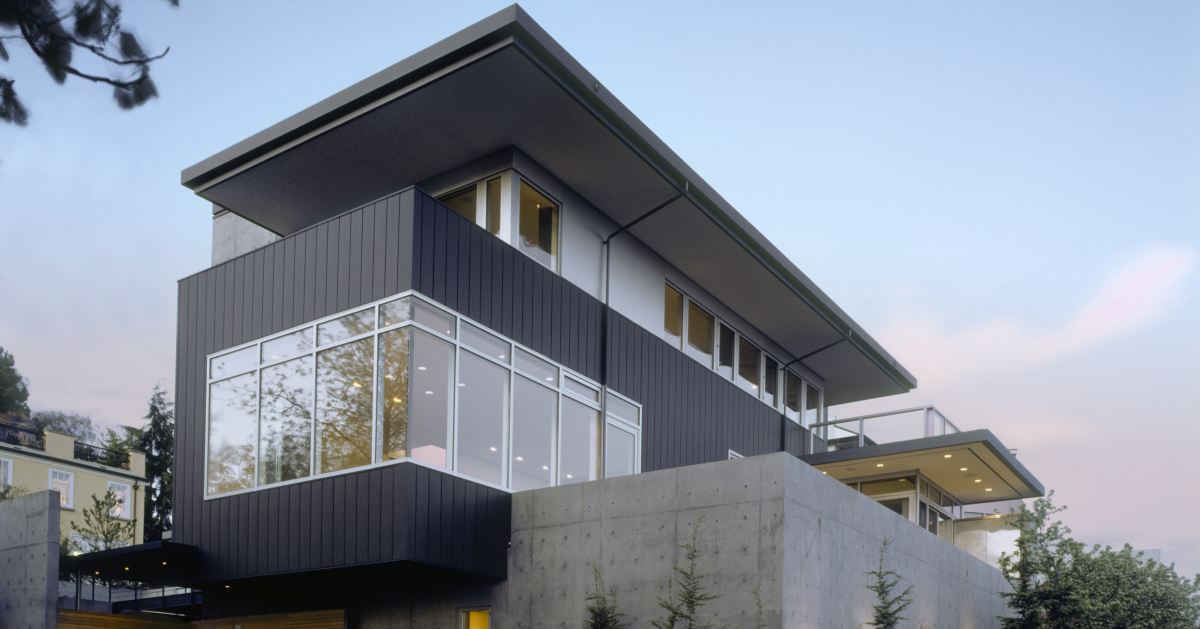If you missed Part 1 of this series, click here.
Step 3: Fit the Home to Your Lifestyle
The reason you buy a custom home is to fit the home to your lifestyle. Big or small? Multi-story or rancher layout? Larger closets? Kitchen built for entertainment or functionality? These are just a few of the choices you will have to make as you move forward with your design.
Think of the rooms you will need, then make notes about each one to work out the details with the architect. Some key factors are:
- How big does the room need to be?
- Should the room be connected to another room?
- Does the room need to be isolated, such as a home office?
- Will the room benefit from natural light?
- What type and size of furniture will be used in the room?
You may also want to include rooms with the idea of a dual purpose. For instance, how your home office could be converted into a man cave at a later date.
Step 4: Choose Your Home Style
This is where you are going to decide if you want a more modern-looking home or a traditional home. Traditional designs, for example, are large A-frames and use materials like brick or stone. Modern-style homes are very sharp lines, big windows, and muted colors. For a traditional home, you would probably have a closed floor plan, and a modern would have an open floor plan, although there is nothing set in stone to say you cannot have an open floor plan with a more traditional design on the outside.
Start researching homes online for the more common styles of architecture. Here are few to get you started:
- Cape Cod
- Colonial
- Farmhouse
- Mediterranean
- Country French
- Ranch
Start getting some pictures together of each idea you prefer so you have something to reference for the next step.
You will also want to consider the movement of the home in this step. For instance, will it be a front entrance home, coming in through the kitchen area, or will people be entering through the garage. You may want to consider adding a mud room to the design for coats, shoes, etc.
We still have two more tips, which we will cover in Part 3. To continue reading, click here.



[…] Click here to read Part 2. […]